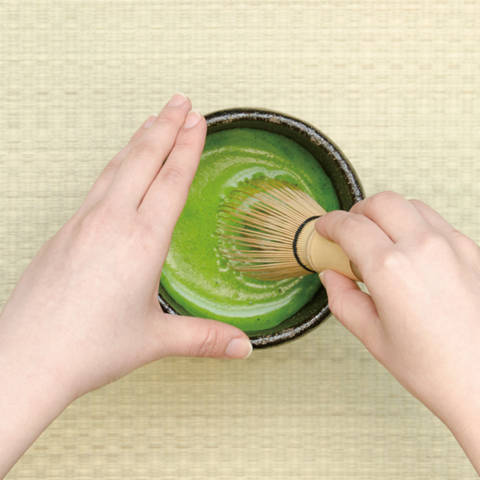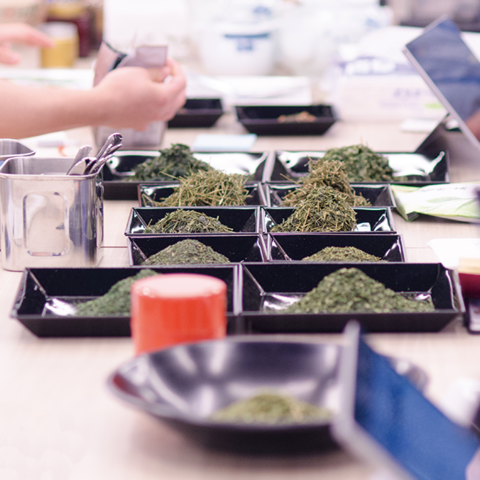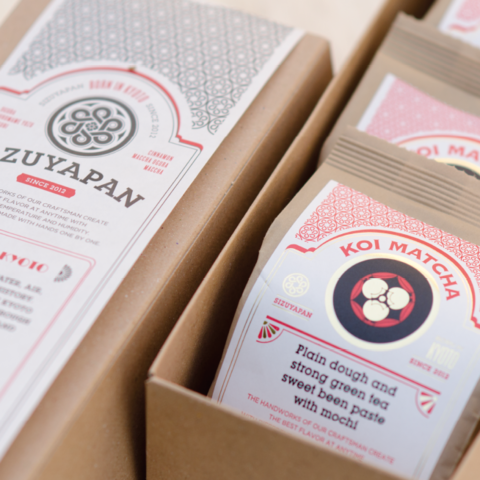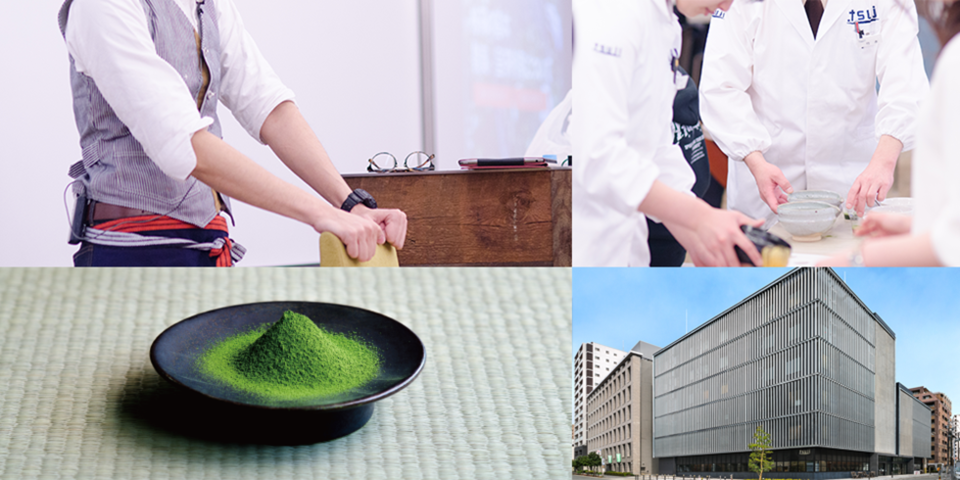
One of the best culinary and confectionary schools in Japan
The Tsujicho Group has six schools altogether in Osaka, Tokyo and France. It is a general food education institution which trains future chefs and pastry chefs. They are successful in educating future chefs for domestic and international restaurants and patisserie, owner chefs and owner pastry chefs, as well as food coordinators, culinary researchers, and a wide range of other careers related to food. It is a school which represents Japan in deed as well as in name. Japanese tea and matcha are attracting more and more attention, while the numbers of tourists coming to Japan continues to increase. Japan is becoming a tourist destination for the beauty of all four seasons, its temple architecture, and many traditional cultural facets. In 2013, washoku (Japanese food) was registered as part of UNESCO World Intangible Cultural Heritage, and Japanese tea is recognized as something that is intrinsic to Japan and Japanese food culture. Among such trends, matcha is gaining popularity in confectionaries both domestically and internationally, becoming one of the classic flavors.
A special class for professionals learning about matcha
A special class for professionals learning about matcha
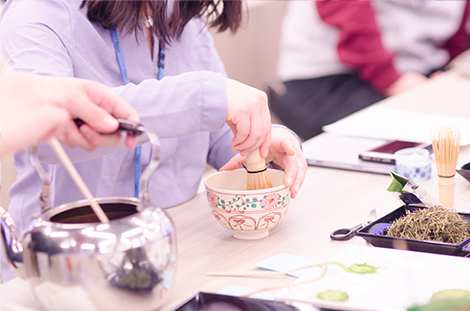
Yamamasa Koyamaen and the Tsujicho Group
Since the beginning of Edo Era, Yamamasa Koyamayen has had a tea farm in Uji and been making tea all the way from cultivation to manufacturing all on our own, with the motto of "cherishing tastiness." The Tsujicho Group has been collecting general knowledge about food while inventing new ideas and concepts which it imparts to society. Both companies came to an agreement to conduct this special class to diminish the gap between the booming interest in Japanese tea and the scarcity of knowledge and technology among professionals for its proper use and understanding.
Teaching by seeing, touching, and tasting the actual tea
In this special class, we first talk about the types of Japanese tea and information about each one, then move on to basic information about matcha such as its characteristic, manufacturing methods, and history. After that, we further go into practical information such as preservation methods, appropriate handling methods, and how to judge the quality of matcha at the time of purchase. Since Yamamasa Koyamaen handles all types of tea, including more than ten types of Japanese tea and 17 different grades of matcha, we are able to prepare all of them along with raw tea leaves for the lecture. We aim to provide a lesson which only we can provide, that allows students to actually see, touch, taste and sometimes even compare teas, so that they gain the necessary knowledge and techniques as professionals. In May, we plan to run a leaf hand-picking session at our farm, and a tour at a plant which only operates at the time of opening tea season to deepen the understanding towards tea at its manufacturing site.
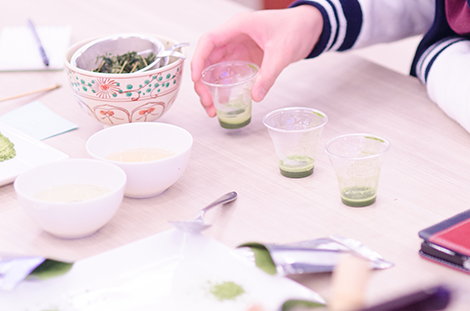
Further expansion in the future
The students who took this special class that started this year come from a wide range of backgrounds, from those in majoring in Japanese cuisine to Japanese confectionary. In the future, this class will be conducted in many different lesson types, as an extracurricular lesson and as an accreditation class and suchlike. We will try to deepen the content of the lecture and suggest ideas for matching Japanese tea and cuisine with recipes using tea leaves.

